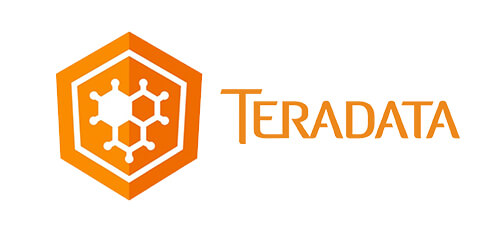
What is .NET?
NET is an integral part of many applications running on Windows and provides common functionality for those applications to run. This download is for people who need .NET to run an application on their computer. For developers, the .NET Framework provides a comprehensive and consistent programming model for building applications that have visually stunning user experiences and seamless and secure communication.2. How many languages .NET is supporting now?
When .NET was introduced it came with several languages.3. What is an IL?
IL means Intermediate Language, which is also known as MSIL (Microsoft Intermediate Language) or CIL (Common Intermediate Language). All .NET source code is organized to IL. IL is then converted to machine code at the point where the software is installed, or at run-time by a Just-In-Time (JIT) compiler.4. What is code access security (CAS)?
Code access security (CAS) is part of the .NET security model that prevents unauthorized access of resources and operations, and restricts the code to perform particular tasks.5. What is Difference between Name Space and Assembly?
Assembly is physical grouping of logical units, Namespace, logically groups classes.Namespace can span multiple assembly.
6. What is Microsoft Intermediate Language (MSIL)?
The .NET Framework is shipped with compilers of all .NET programming languages to develop programs. There are separate compilers for the Visual Basic, C#, and Visual C++ programming languages in .NET Framework. Each .NET compiler produces an intermediate code after compiling the source code.The intermediate code is common for all languages and is understandable only to .NET environment. This intermediate code is known as MSIL.




